While it can be tempting to curl up indoors with a cup of tea and a blazing fire, winter is one of the most magical seasons for photographers—regardless of where you live. The Dutch photographer Roeselien Raimond, for instance, has braved -12°C weather to witness wild foxes playing amid a snowstorm.
Meanwhile, in Iceland, Patrycja Pati Makowska has looked out over the city of Reykjavik to see Mount Esja glowing in the pink and purple light of the winter sun. In Yosemite National Park, Jeff Lewis watched the sun rise over the landscape, shaking in the -4°F air (it felt like -18°F) as the snow fell all around him.
Time and again, photographers have shown us that bundling up and heading outdoors in winter brings with it the promise of beautiful light, sparkling ice crystals, delicate snowflakes, and pristine, untouched natural wonders. As a bonus, the golden and blue hours occur at a more accessible time in winter, meaning you don’t have to wake up super early or stay out very late.
Drawing inspiration from artists in the 500px community, we put together this guide full of landscape tips and winter photoshoot ideas to help you make the most of the season.
Before we start, a vital word on safety in cold climates: dress in layers that you can put on and remove as needed; wear weather-appropriate boots/crampons, socks, and gloves (ideally, gloves designed specifically for photographers); and stick to marked trails. Visit locations in daylight before photographing them during the sunrise or sunset so that you’re familiar with the terrain.
Carry a thermos with tea and a bottle of water to stay hydrated. If you’re working with models, put their comfort and safety first—and make a schedule and plan based on those factors. A comfortable, happy model and photographer form the foundation for a successful shoot. Finally, invest in a great, waterproof camera bag to protect your gear. Avoid extreme temperature changes to prevent moisture.
Start close to home
It’s tempting to get swept away in the fantasy of faraway locales, especially in the winter, but there are opportunities for whimsical landscapes everywhere. Local landscapes also offer more possibilities to photograph the same place in different light and conditions, from dreary overcast days to sunny blue skies. If you’re looking for that ethereal winter mist, seek out bodies of water (small or large) in the early morning.
AllTrails, an app with more than 100,000 trails around the world, is a good place to start your hiking journey; we also recommend browsing Google Earth for interesting vantage points and brainstorming creative photography ideas. Make as many visits as you can; once you know the area, watch the forecast so you’re ready to go at a moment’s notice once the right conditions hit. From there, you’ll have a sturdy foundation to start planning a trip or expedition to the destination of your dreams.
Embrace wildlife
Wild animal stories are waiting to be discovered in some of the remotest and most vulnerable regions on Earth. Benjamin Hardman, a photographer based in Reykjavik, recently returned from an epic trip to the high Arctic, where he witnessed the breathtaking wildlife of Svalbard.
But wildlife also finds a way in unexpected places, many of them in our own backyards. Chad Briesemeister, for example, spotted this Tufted Titmouse on a cold January day in Wisconsin. No matter what species you’re photographing, from the common to the rare, always do your research, put the welfare of the animal first, and follow ethical guidelines.
Collaborate with a model
500px Ambassador Jovana Rikalo was so inspired by the “frozen kingdom” of Ledeno Kraljestvo in Mojstrana, Slovenia, that she built an entire world around it, collaborating with a model to bring her ice queen character to life. Partially inspired by the Disney movie Frozen, Ledeno Kraljestvo proved to be the perfect place for Jovana’s imagination to roam wild; she ultimately paired a yellow dress with the blue landscape for vivid contrast.
Find a frame within a frame
Winter is the perfect season for natural frames, from frost-covered tree branches to crystalline icicles, so keep an eye out while exploring your winter wonderland. If you’re lucky enough to visit an ice cave, you can place a figure within to evoke a sense of adventure and wanderlust, while also drawing attention to the vast scale of the landscape.
Seek contrast
One problem with snowy landscapes can be that everything looks flat due to a lack of color and tonal contrast. A solution is to seek out subjects that jump out against that endless blanket of snow; in the case of this portrait, Viktoria Haack focused on Alfred the dog, whose deep black fur made all those individual snowflakes visible by contrast.
Watch for frost
Frost, like snow, can transform a familiar landscape into a scene from a fairytale. Nighttime temperatures of 32°F or just below will create a light frost. Larger grains or crystals of hoarfrost might appear in areas with lots of water vapor, such as a stream that hasn’t yet frozen. To catch it, plan to be at your location before sunup; you might even be able to capture the glow of the first morning rays poking out before the frost melts away.
“Many things needed to come together for conditions like this to occur,” the Canadian photographer Justin Grimm says of this picture. “If you are lucky, they may happen for a few days, or most likely only hours over the course of a year.” That morning, it was -25 to -30°C—but well worth it for this moment.
Incorporate movement
Long exposures can transform even ordinary landscapes into wonderlands; combine a slow shutter speed with a winter scene, and you can create a photograph that looks like a painting. Flowing bodies of water are perfect for conveying a sense of motion in an otherwise still landscape; pair a long exposure with the light of the moon, and you’ll be transported into a dream world.
Play with your foreground
In landscape photography, you’re often trained to place the horizon line along one of the horizontal thirds lines or in the middle of the frame, but on windy days, fresh snow can create some mesmerizing textures, so consider placing your horizon higher up than you normally would when composing your shot—to include more of the foreground. This technique is perfect for capturing negative space that glitters and sparkles in the sunlight of early morning or late afternoon.
Try shooting contre-jour
Most of the time, we try to avoid shooting into the light to avoid harsh contrast, but in winter, when the sun is low on the horizon, the light inspires us to experiment. For the best results, position yourself so that the sun is partially obscured and peeking out from behind another subject, such as a tree or building. Christina Obermaier used backlighting to create a dreamy, otherworldly effect while exploring a wildlife preserve in Vienna.
Remember the details
Bring your macro lens to capture the tiniest details you might find, from the abstract textures of icicles and frozen puddles to winter flora to the snowflakes themselves. Christina’s photograph of frost-covered blackberry leaves, below, is one example.
If you don’t have a dedicated macro lens, you can still get the effect by reversing a 35mm lens, as Balazs Kurucz did in the photo below. When photographing snowflakes, fresh snow works best, so timing is key. Look for a background that offers plenty of contrast (a dark scarf or clothing works well). Extra light, like a ring flash, can also come in handy.
Have fun!
Finally, don’t forget to play and experiment. Winter is a time of wonder, so give yourself permission to explore. Bring friends or invite the kids, and capture candid moments of joy and awe. So much of winter photography comes down to planning—from scouting your location to choosing your wardrobe—but you also want to remember to leave yourself open to the spontaneous moments and unscripted magic that can happen along the way.
In conclusion
Winter, for all its challenges, offers opportunities landscape photographers can’t find any other time of year. In Norway, the sparkling aurora borealis twinkles overhead. In Yellowstone in the United States, bison warm their bodies by the heat rolling off of thermal pools before continuing on their way.
Visit Lake Kussharo in Japan, and you’ll find whopper swans settling in for a few months after flying from the north. Lake Bled in Slovenia has been photographed countless times over, but nothing beats the fog that rolls in and settles over the landscape come wintertime. Show us what’s special about your location, and feel free to take the road less traveled in search of something new.
For more technical advice on taking pictures in the chilly season, check out our article, Nine must-have tips for better winter photography.
Not on 500px yet? Sign up here to explore more impactful photography.


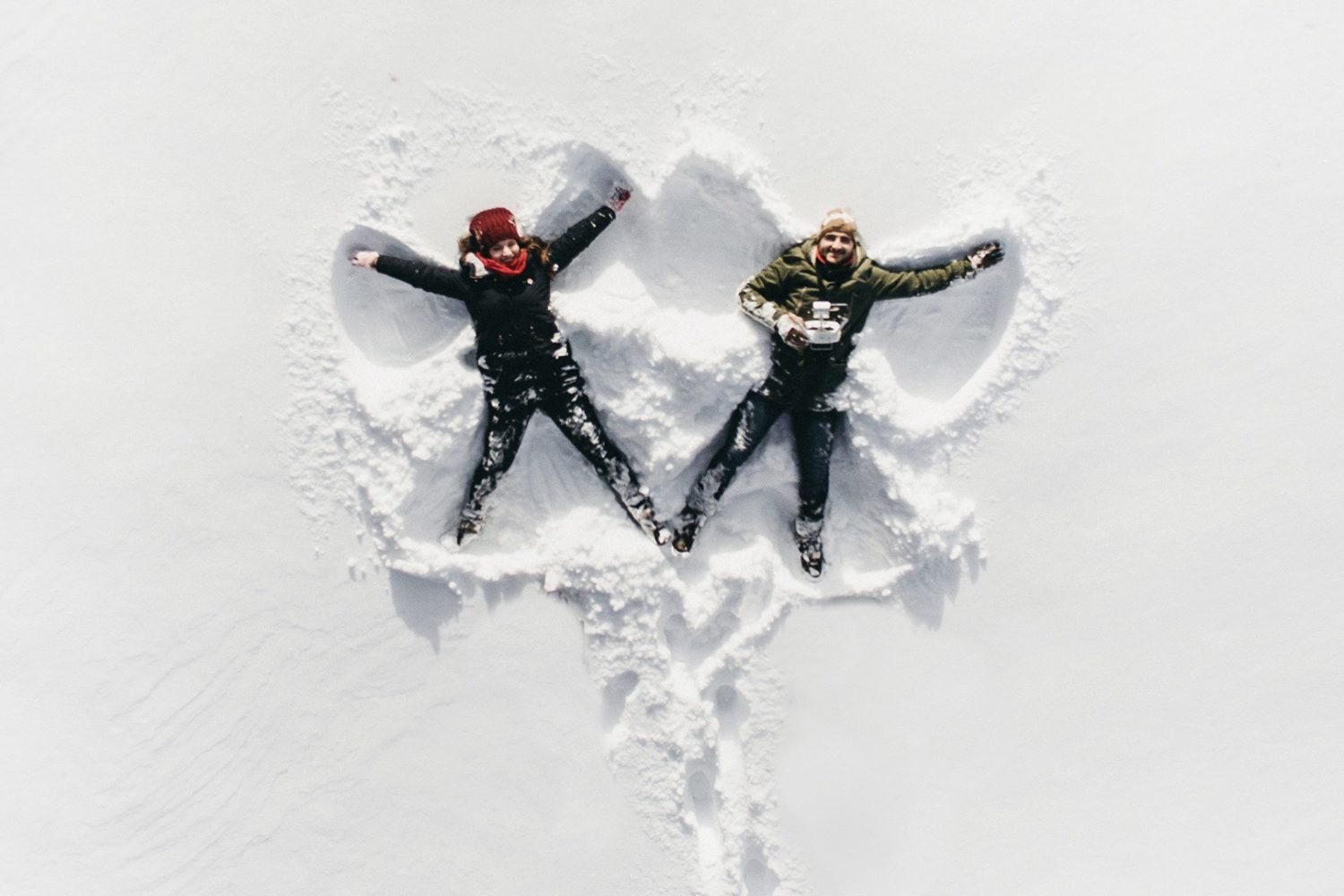
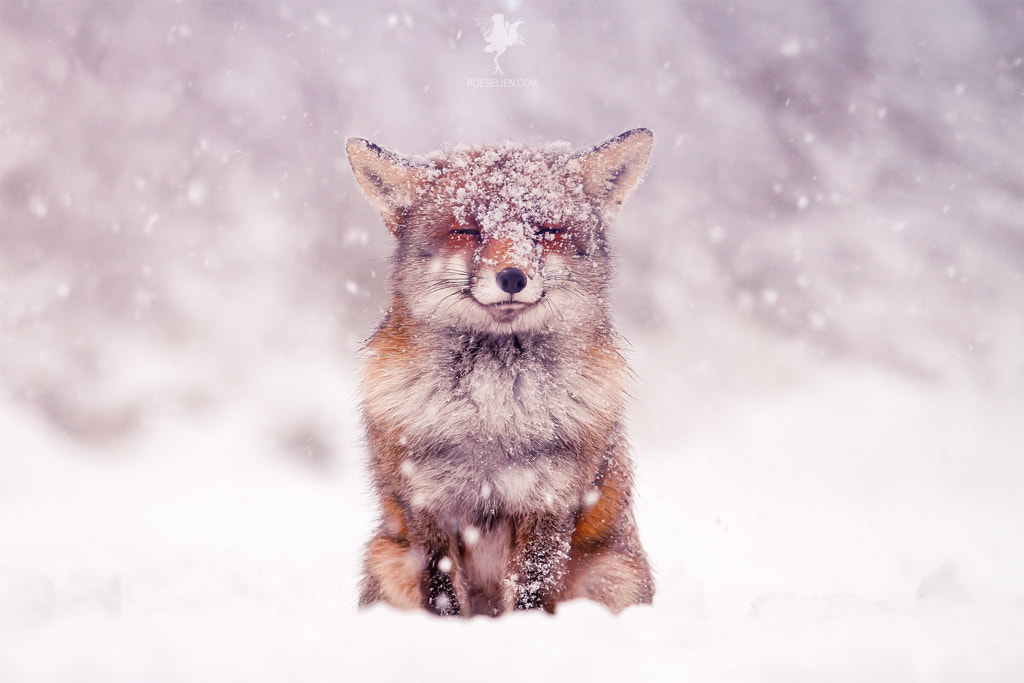
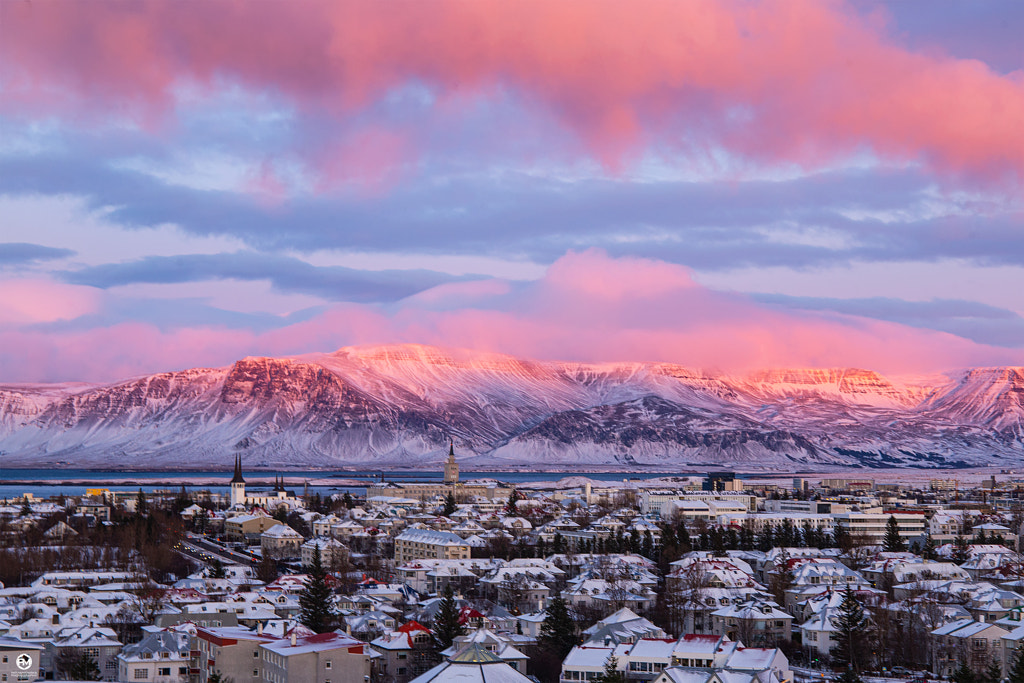

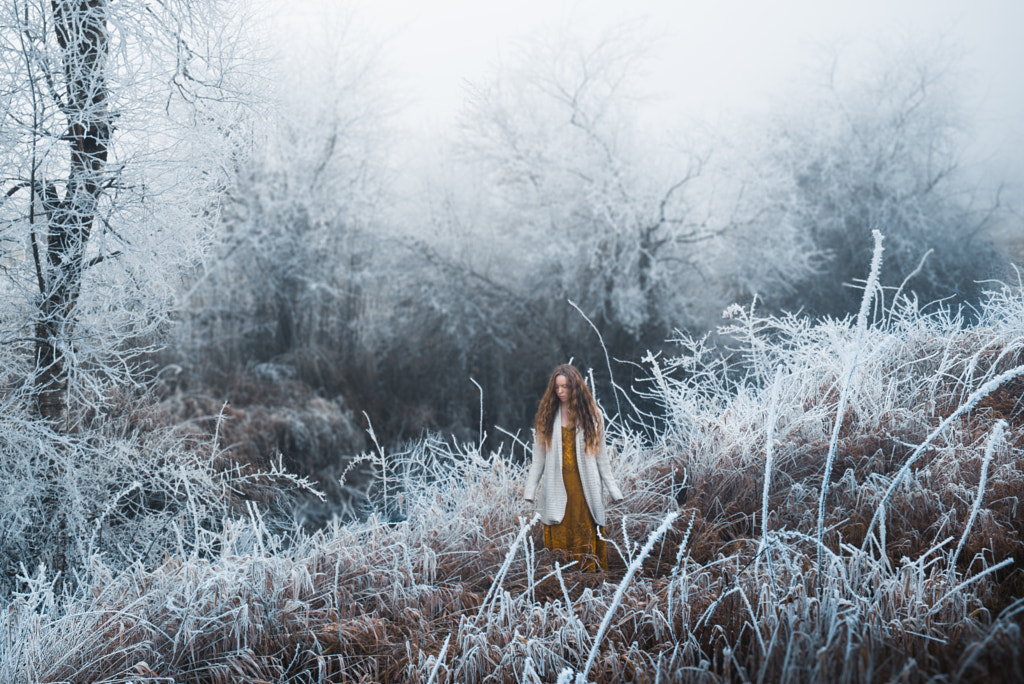
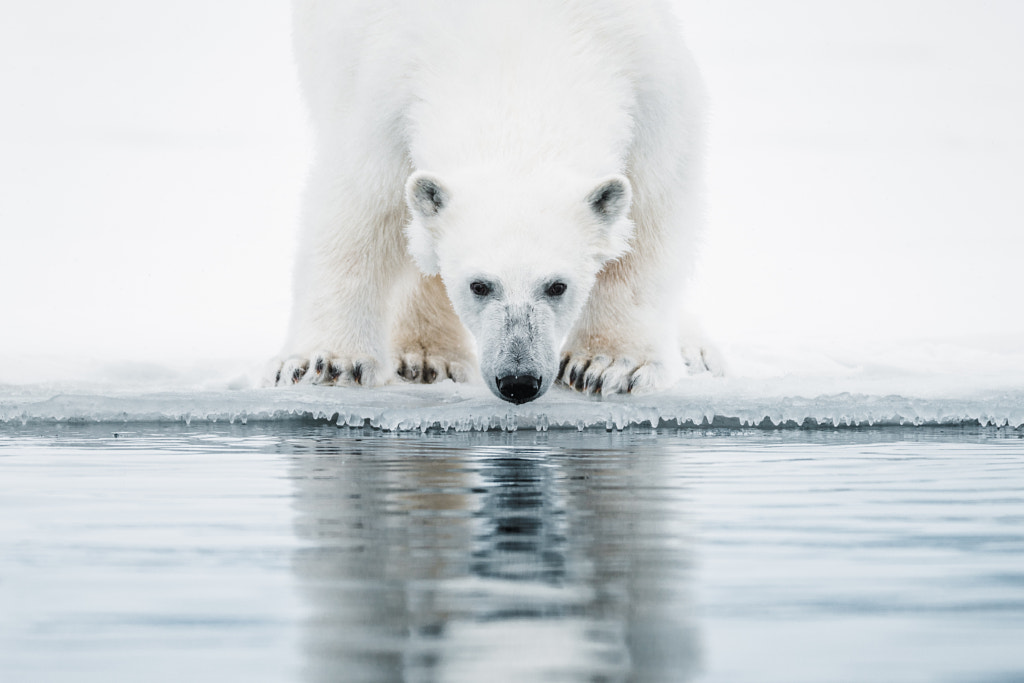
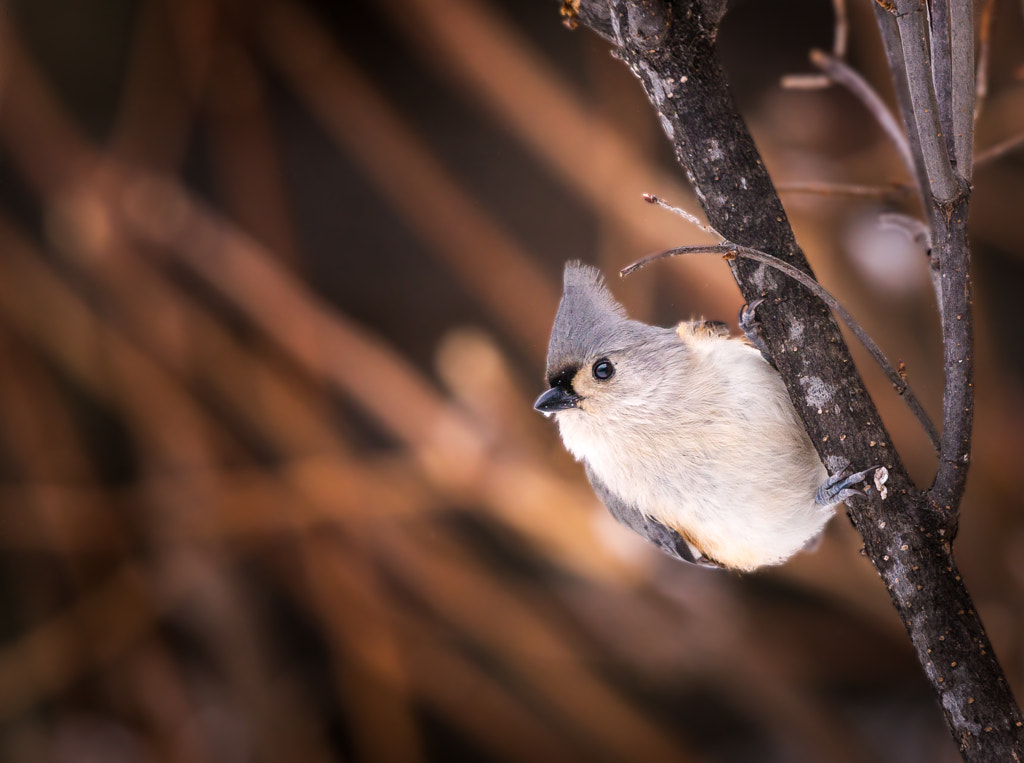
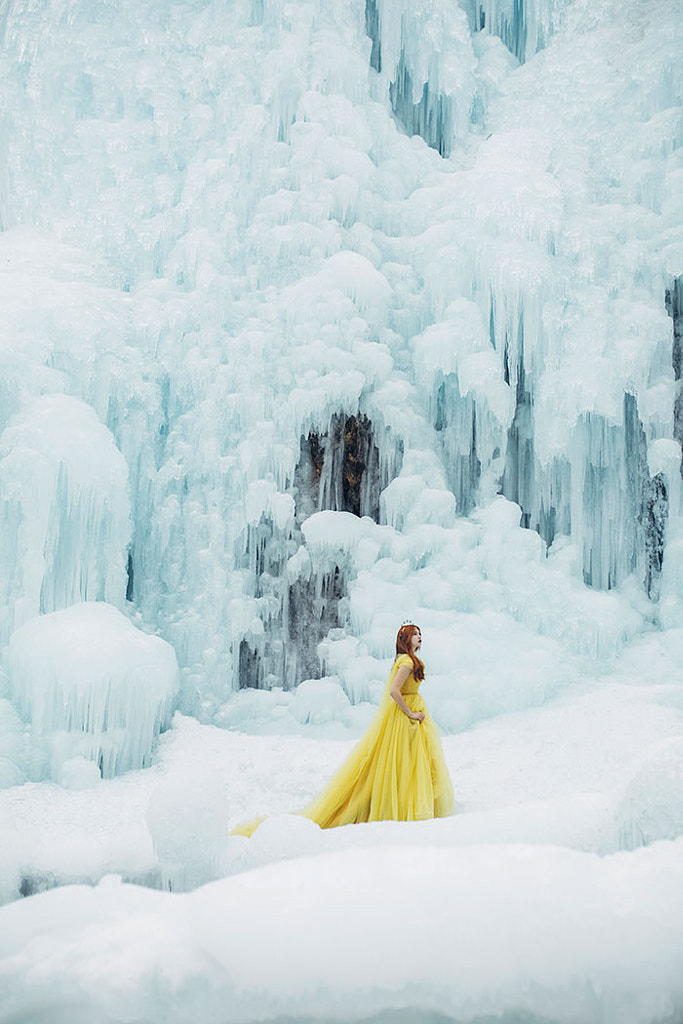

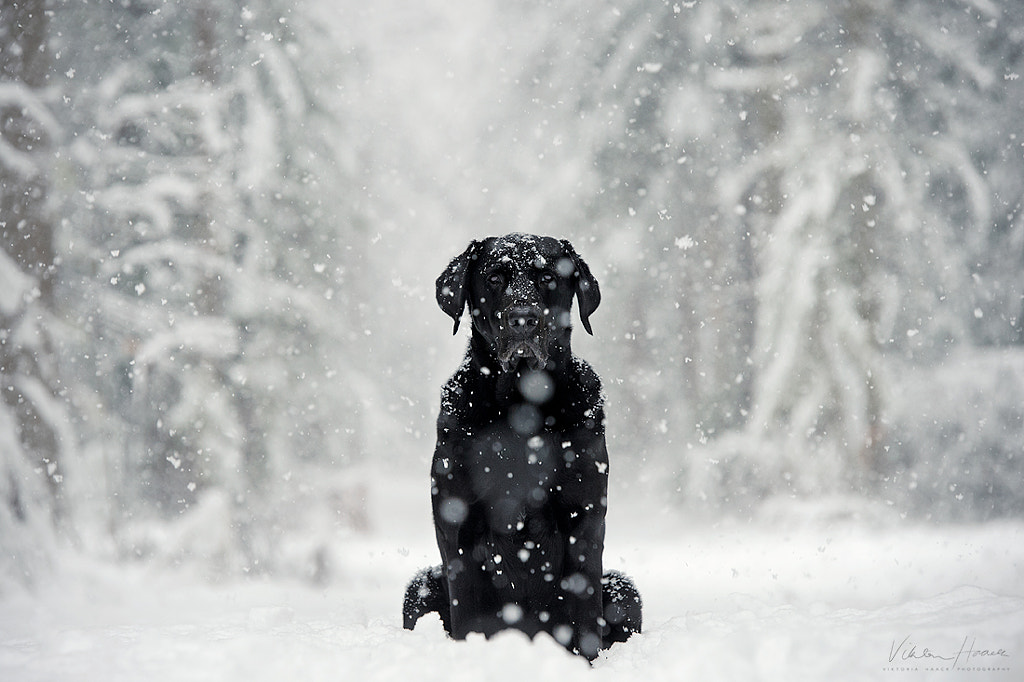
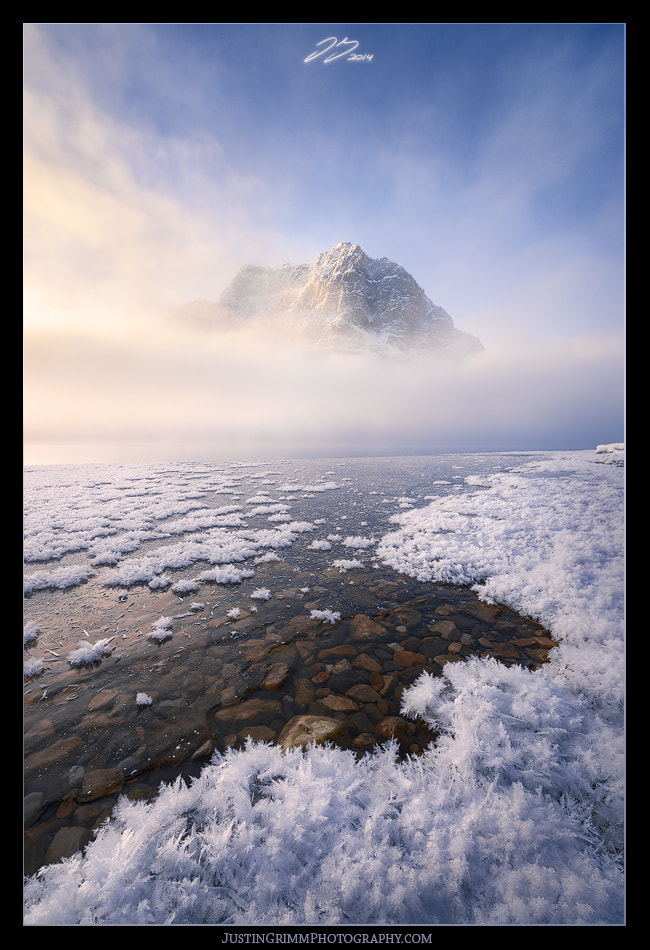
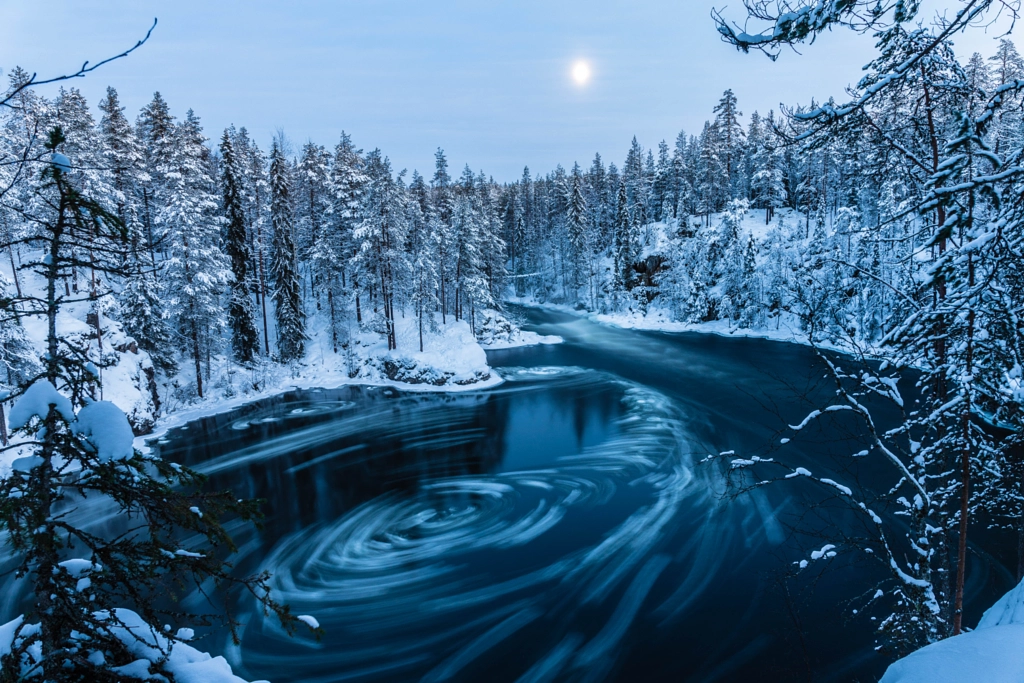
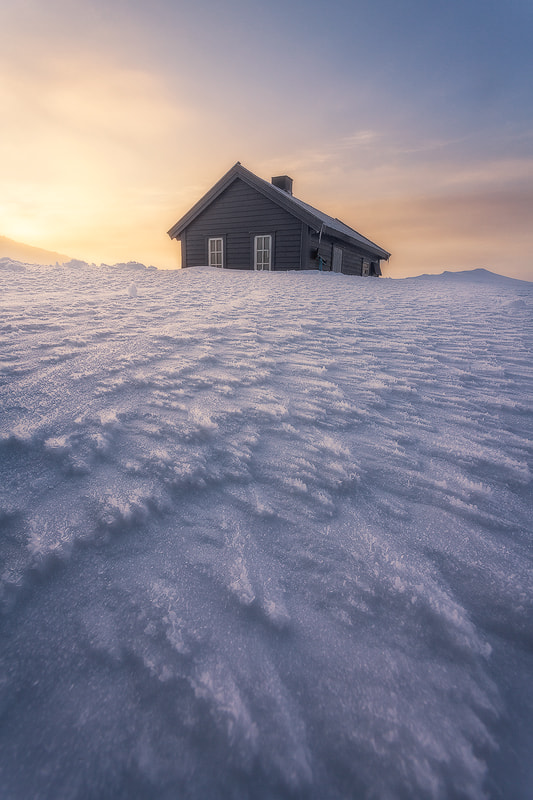
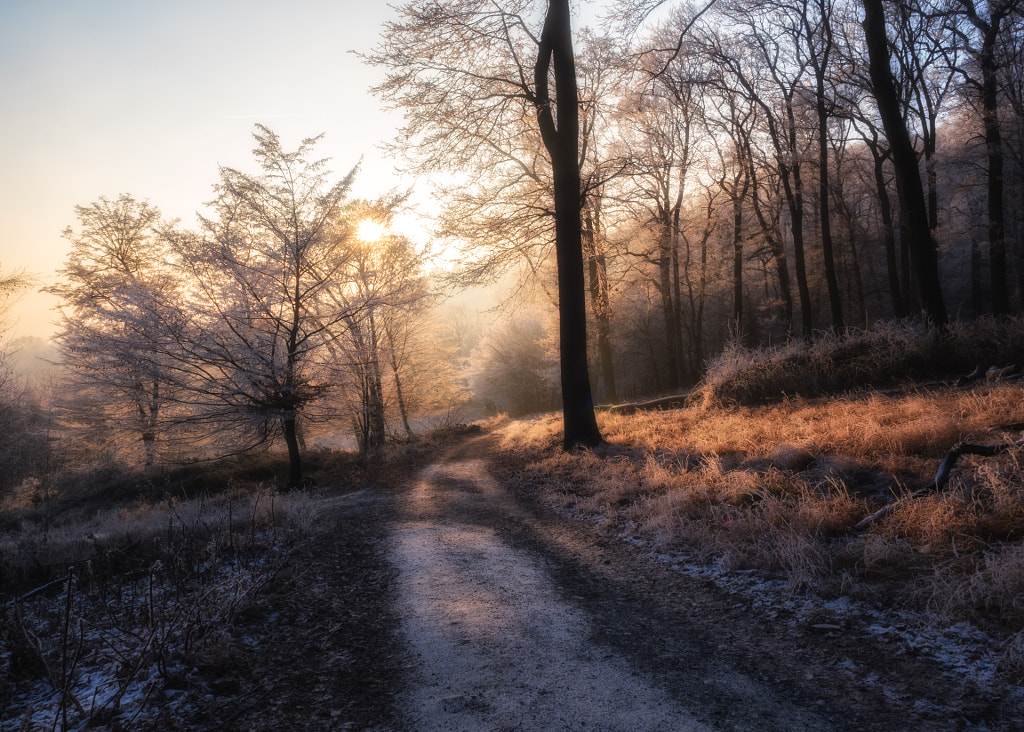


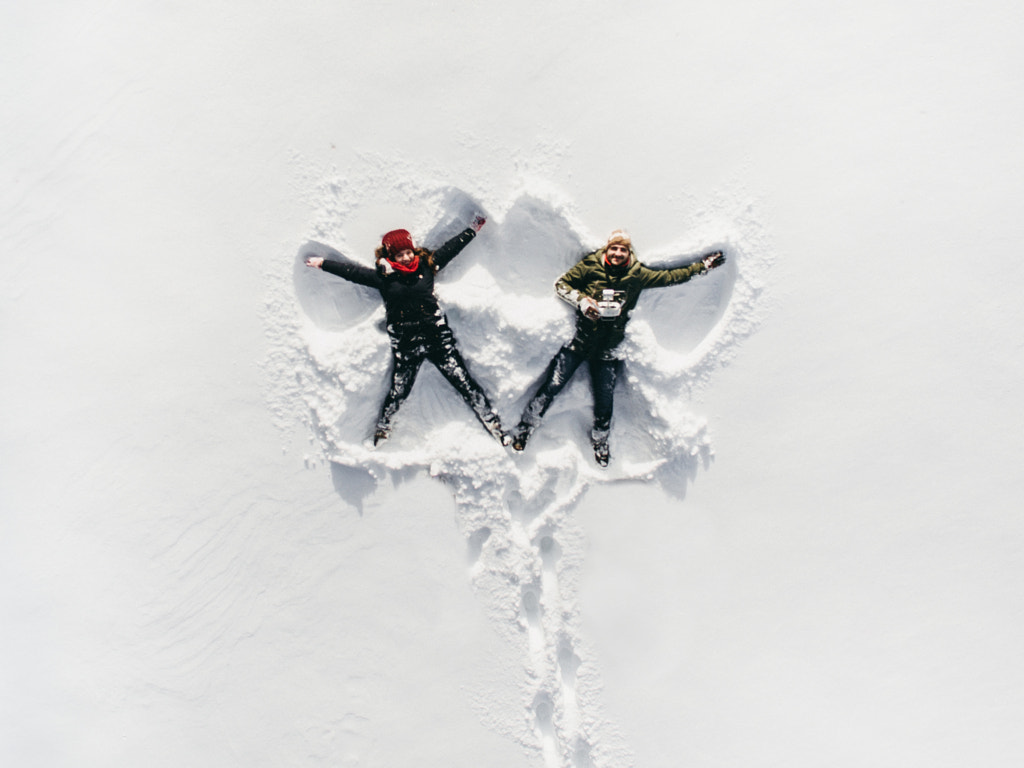

Leave a Reply